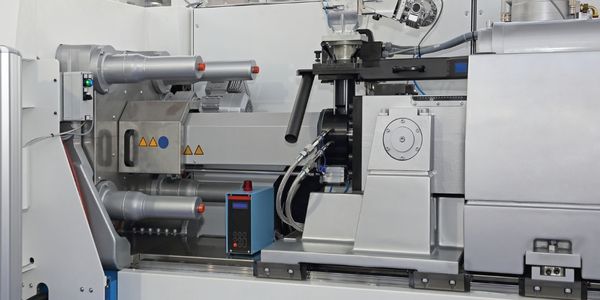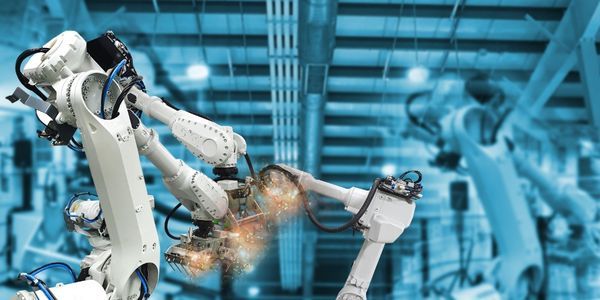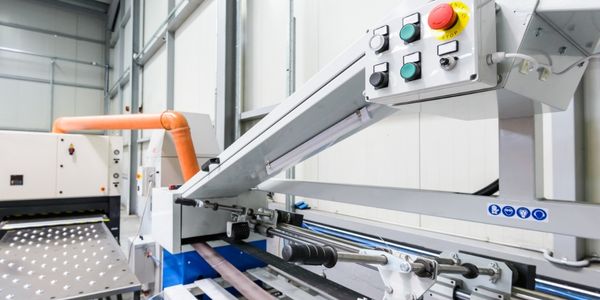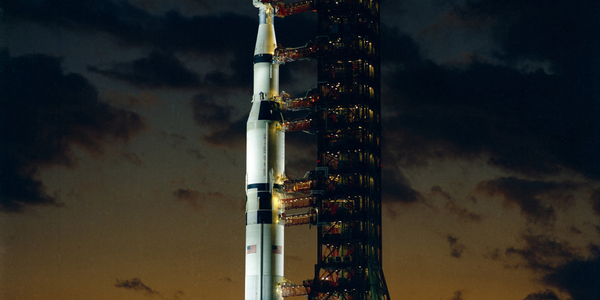公司规模
Large Corporate
国家
- Germany
- Worldwide
产品
- Domo
技术栈
- Cloud Platform
- Data Connectors
实施规模
- Enterprise-wide Deployment
影响指标
- Productivity Improvements
- Digital Expertise
技术
- 平台即服务 (PaaS) - 数据管理平台
适用功能
- 离散制造
- 销售与市场营销
用例
- 自动化制造系统
- 库存管理
服务
- 数据科学服务
- 云规划/设计/实施服务
关于客户
Steuler Group 是一家制造公司,在全球拥有超过 25 家子公司。该公司拥有 2,800 多名员工,年收入达 4.47 亿美元。Steuler Group 的运营环境节奏很快,因此,调整流程、产品和运营的能力至关重要。该公司的 IT 部门负责编写一个只能由少数人访问的系统,而且整个组织的数据没有单一的真实点。
挑战
Steuler Group 是一家制造公司,在全球拥有 25 多家子公司,在整合来自不同来源和系统的数据方面面临巨大挑战。缺乏统一的数据源减慢了决策过程,并阻碍了公司有效调整流程、产品和运营的能力。该公司的 IT 部门不得不编写一个只能由少数人访问的系统,而且整个组织的数据没有单一的真实点。
解决方案
Steuler Group 实施了 Domo,这是一个云平台,允许公司将来自各个业务部门的数据整合到精选的仪表板中。这为公司带来了更大的灵活性,并可以实时洞察组织的健康状况。Domo 丰富的数据连接器是 Steuler 的一个关键差异化因素,因为它允许整合来自各个业务部门和部门的数据。Steuler 能够快速连接数据并创建第一个仪表板,这使得 Domo 成为不二之选。借助 Domo,Steuler 现在拥有了其数据的单一真实来源,从子公司经理到首席执行官,每个人都可以访问。
运营影响
数量效益

Case Study missing?
Start adding your own!
Register with your work email and create a new case study profile for your business.
相关案例.

Case Study
Plastic Spoons Case study: Injection Moulding
In order to meet customer expectations by supplying a wide variety of packaging units, from 36 to 1000 spoons per package, a new production and packaging line needed to be built. DeSter wanted to achieve higher production capacity, lower cycle time and a high degree of operator friendliness with this new production line.

Case Study
Robot Saves Money and Time for US Custom Molding Company
Injection Technology (Itech) is a custom molder for a variety of clients that require precision plastic parts for such products as electric meter covers, dental appliance cases and spools. With 95 employees operating 23 molding machines in a 30,000 square foot plant, Itech wanted to reduce man hours and increase efficiency.

Case Study
Hospital Inventory Management
The hospital supply chain team is responsible for ensuring that the right medical supplies are readily available to clinicians when and where needed, and to do so in the most efficient manner possible. However, many of the systems and processes in use at the cancer center for supply chain management were not best suited to support these goals. Barcoding technology, a commonly used method for inventory management of medical supplies, is labor intensive, time consuming, does not provide real-time visibility into inventory levels and can be prone to error. Consequently, the lack of accurate and real-time visibility into inventory levels across multiple supply rooms in multiple hospital facilities creates additional inefficiency in the system causing over-ordering, hoarding, and wasted supplies. Other sources of waste and cost were also identified as candidates for improvement. Existing systems and processes did not provide adequate security for high-cost inventory within the hospital, which was another driver of cost. A lack of visibility into expiration dates for supplies resulted in supplies being wasted due to past expiry dates. Storage of supplies was also a key consideration given the location of the cancer center’s facilities in a dense urban setting, where space is always at a premium. In order to address the challenges outlined above, the hospital sought a solution that would provide real-time inventory information with high levels of accuracy, reduce the level of manual effort required and enable data driven decision making to ensure that the right supplies were readily available to clinicians in the right location at the right time.

Case Study
Fully Automated Visual Inspection System
Tofflon has developed a fully automatic machine that uses light to inspect vials, medicine bottles, or infusion containers for glass fragments, aluminum particles, rubber grains, hairs, fibers, or other contaminants. It also detects damaged containers with cracks or inclusions (microscopic imperfections), automatically removing faulty or contaminated products. In order to cover all production processes for freeze-dried pharmaceuticals, Tofflon needed to create an open, consistent, and module-based automation concept.

Case Study
SAP Leonardo Enabling Rocket Science
At times, ULA has as many as 15 different operating systems dedicated to overlapping processes, such as rocket design, testing, and launch. Multiple systems created unnecessary costs and unwanted confusion among workers at offices, factories, and launch sites in different location. In order to improve collaboration and transparency during vital activities that directly influence mission success, ULA wanted to improve data sharing and streamline manufacturing processes.








